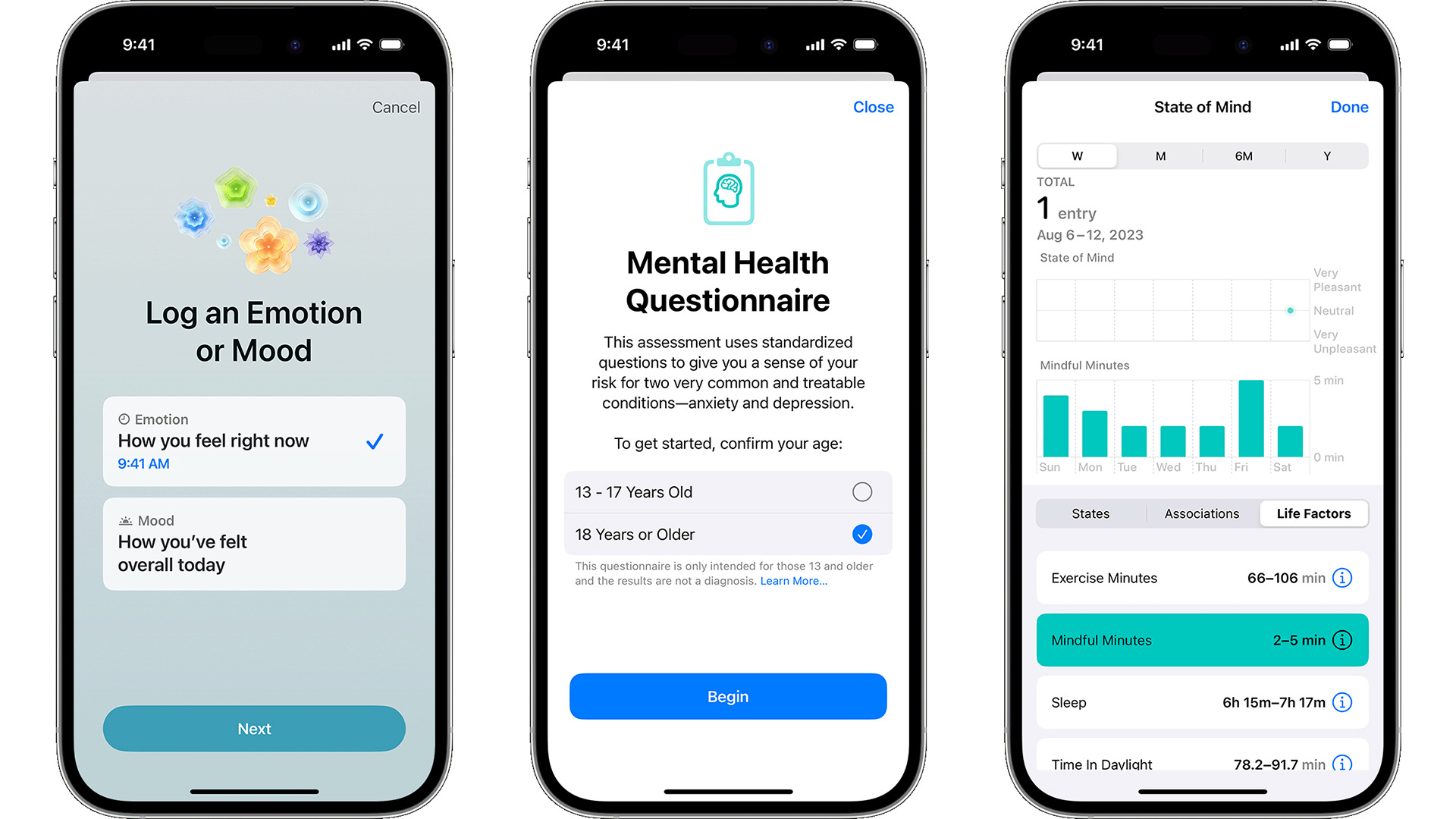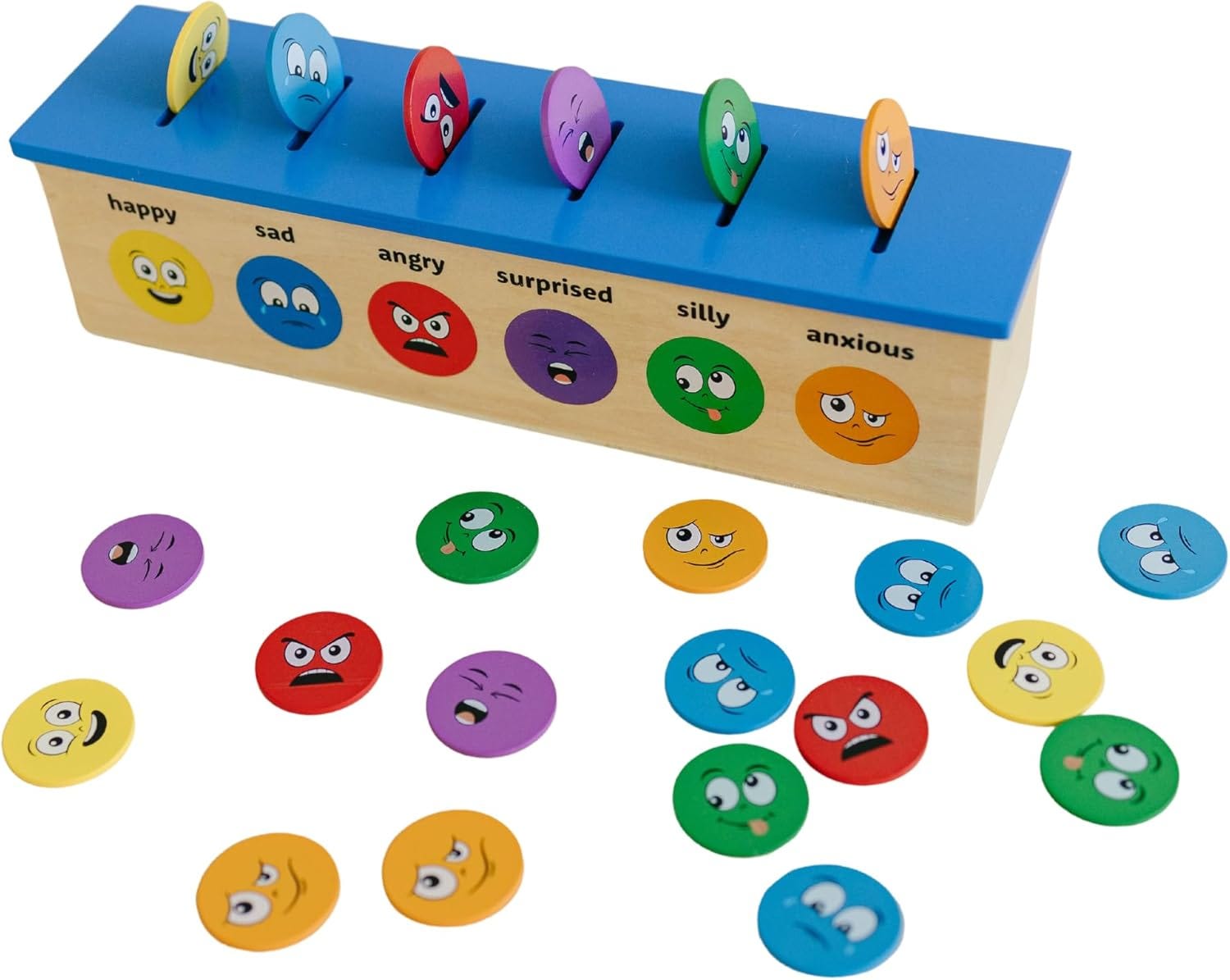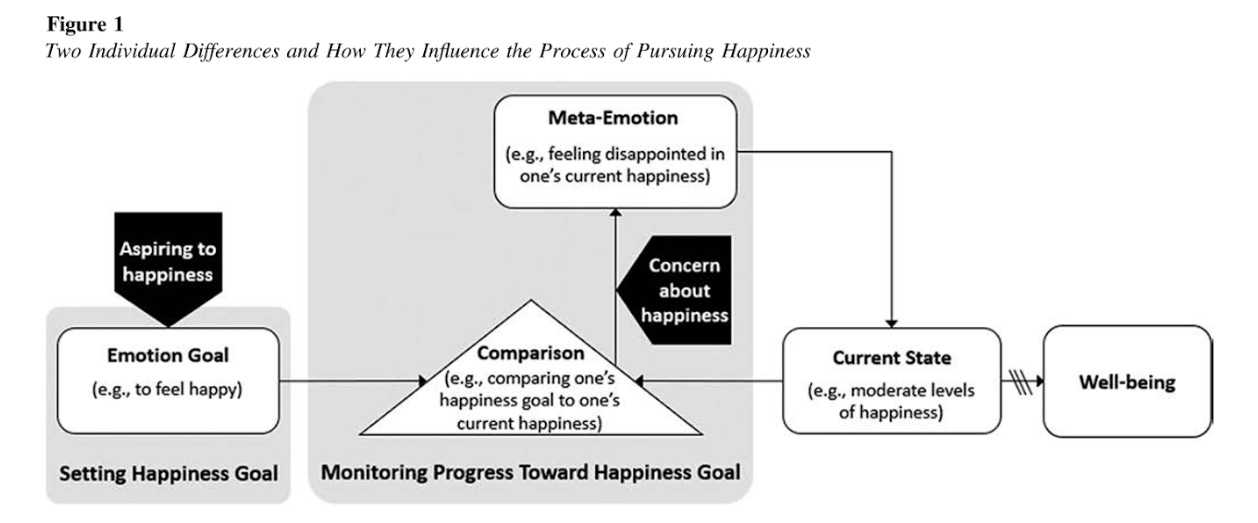Along with bell bottoms and feathered hair, mood rings were all the rage in the 1970s. A quick glance at the color of the ring would let you know if you were feeling good, bad or in between. Black signified nervousness, blue meant relaxed, and violet meant passionate. The rings were said to change color in response to the wearer’s body temperature which was supposedly associated with their emotional state. It didn’t take long for mood rings to be escorted to the halls of scientific eye rolls but the interest in mood awareness persists. Just last year Apple launched a State of Mind feature in the Health App to help users monitor their emotional state. The idea is to label your mood and then track it. As an aside, according to my daughter, mood rings have made a comeback and she tells me the color amber means her mom is annoying her but that is a discussion for another day.


Feelings aren’t facts
What if all this focus on our inner lives might be making some of us miserable? There is evidence that directing attention toward our mood states may not be as helpful as assumed. In the same way that a person who worries excessively about their health—what used to be called hypochondria but is now known as illness anxiety disorder—becomes preoccupied with keeping track of their health status, checking for the onset of illness and is hyper attuned to physical sensations, a similar situation can arise in the case of someone who is obsessed with tracking their mood. Such hypervigilance may be counterproductive and result in rumination and neurotic behavior.
As observed in a research study published in Personality and Social Psychology Bulletin:
Like hypochondriacs who are nervously attuned to each twitch and tremor of their bodies, mood monitoring would imply a similar type of examination of or dwelling on one’s mood—for some, perhaps, to the point of unhealthfulness, but for most, out of a simple concern with tracking the progress of one’s feelings. The difficulty with mood monitoring, then, is that it may contribute to becoming absorbed in one’s mood state, much like the overconcern with physical health experienced by the hypochondriac. High mood monitors may check on their moods often, and be quite vigilant in doing so, yet may still remain a bit confused about the nature of the mood state. Just as the accuracy of hypochondriacs’ diagnoses may be clouded by numerous false alarms or uncertainty about the nature of the discomfort, so, too, may high mood monitors’ judgments of their moods be clouded by too great an absorption in the mood state itself.
Encouraging people to focus on how, why, and what they are feeling may inadvertently be making some people feel worse. I had a patient who was so concerned with feeling happy that it was undermining her potential to actually be happy. Constantly asking herself, “Am I happy?” “Am I really happy?” created a Pandora’s box of hyper scrutiny and self-focus. “I mean everyone is telling me that getting this promotion is a good thing and that I should be happy and yes, I feel good about it and proud. But am I really happy? The more I think about it, I am not so sure.”
A study published in the journal Emotion recently found that thinking too much about one’s own level of happiness might be fueling fears about not measuring up or being happy enough. The problem with fretting about the gap between one’s desired level of happiness and actual level of happiness is that it unlocks a slew of negative meta-emotions—feelings about what we’re feeling—which can be destructive. In the study, people who said they were worried about achieving and maintaining happiness tended to have more depressive symptoms, worse wellbeing, and less life satisfaction than those who didn’t worry about it.

As the lead author and social psychologist Felicia Zerwas explained in an interview: “Imagine someone going to a birthday party, and midway through the event they realize they are not as happy as they were expecting to be. One might just acknowledge that it is a fact of life and birthday parties. Or, one might judge it, thinking how sad and disappointing it is.” Fixating on what’s wrong infuses positive events with negativity and dilutes happy moments with doubt. Moreover, it undermines the ability to actually enjoy something, even if it falls short of expectations.
MINE versus OURS
Constantly evaluating your mood and directing your attention to how you are feeling may inadvertently be stressing you out. Worrying about being happy all the time is fueling discomfort with negative emotions. Sadness, frustration, and disappointment are all perfectly normal and appropriate responses to sad, frustrating, and disappointing situations. But when these mood states become the enemy that either needs to be controlled or avoided, an inability to do so can seem like a personal failure. It is no surprise that viewing negative emotions as harmful and problematic is linked to worse mental and physical health including increased inflammation and higher risk of cardiovascular diseases. In comparison, viewing negative emotions as a fluctuating and transient part of a natural cycle buffers against their harmful effects.
Part of the issue might be grounded in how we have been taught to think about our emotional lives. In Between Us: How Cultures Create Emotions, the Dutch psychologist Batja Mesquita describes how psychology in the western world is primarily based on what is going on inside our head. As in the movie Inside Out, a person’s internal world has become the headquarters of their happiness or unhappiness. Mesquita uses the acronym MINE to describe this model in which emotions are Mental, INside a person and Essentialist—i.e. always having the same properties. She compares it to an alternative approach: instead of treating emotions as mental and internal, she suggests that perhaps we should conceive of them as acts happening between people and acts that are being adapted to the situation at hand. In this model, emotions are OURS— OUtside the person, Relational, and Situated. At the end of the day, what matters is what we do, not what we think about what we feel.
Bottom line
By encouraging people to evaluate and dwell on how they are feeling, I worry we are unintentionally making them feel worse. As Nobel prize winner Daniel Kanheman observed, “Nothing in life is as important as you think it is, while you are thinking about it.” It’s quite possible that the less we think about how we are feeling, the better we will feel. Rather than continually judging and monitoring emotions, a far healthier approach might be to accept them and learn from them and then move forward.
I wish you all the best,
Dr. Samantha Boardman






